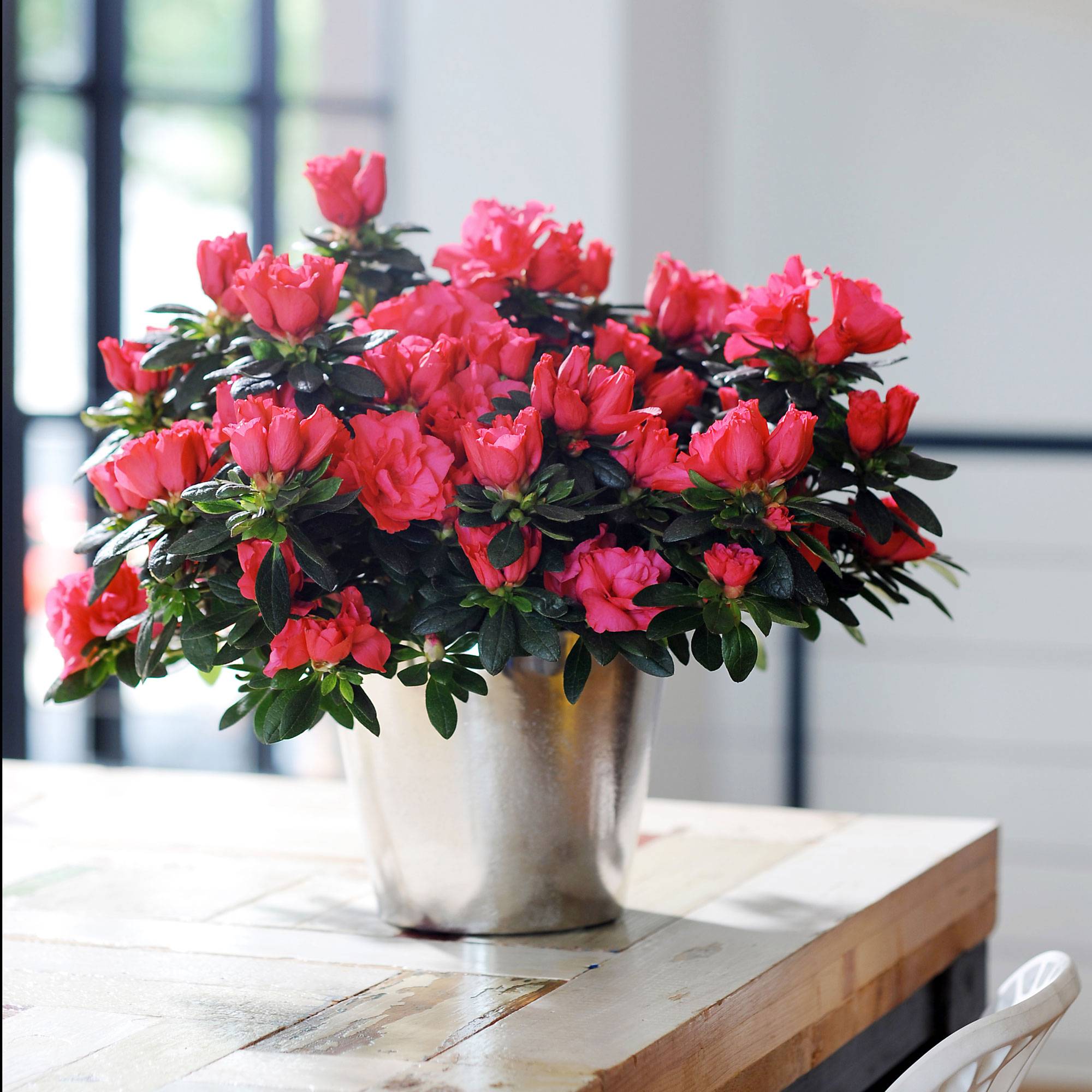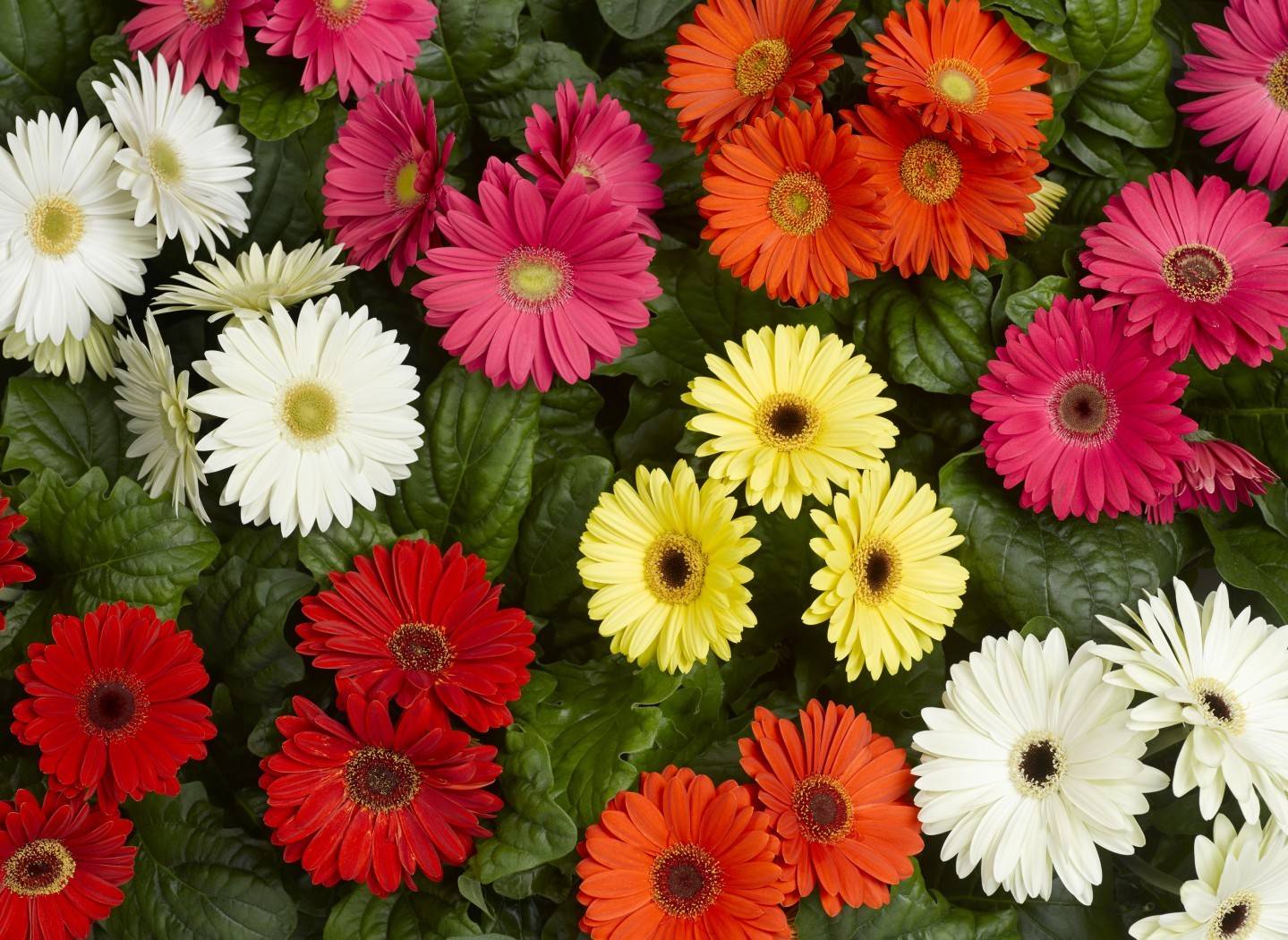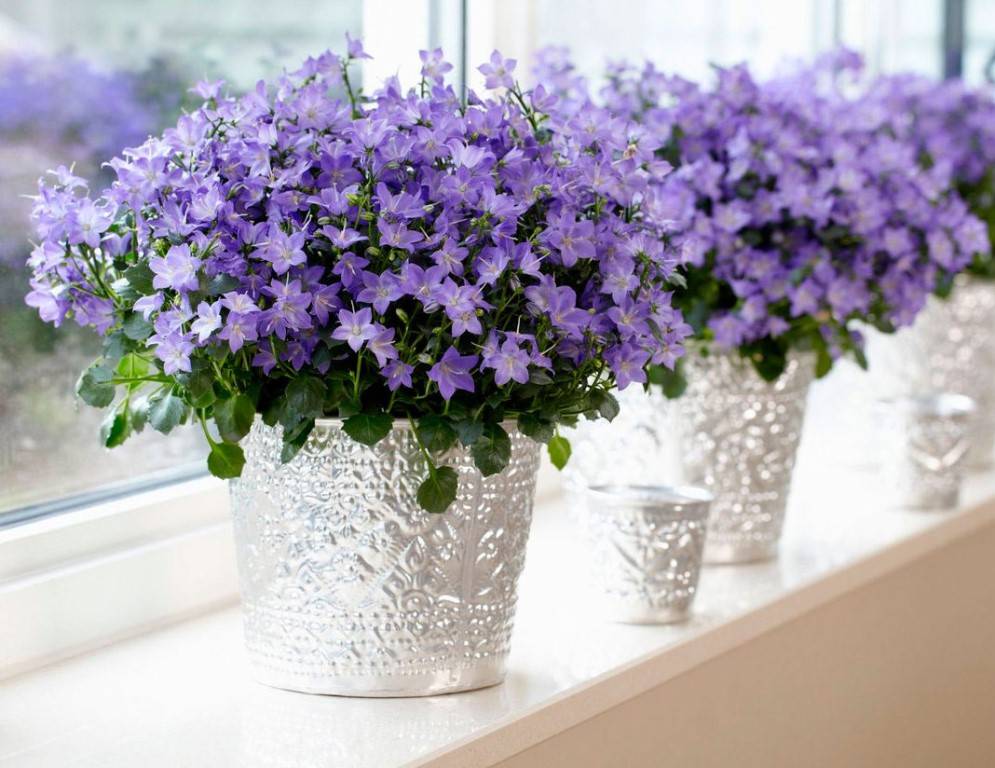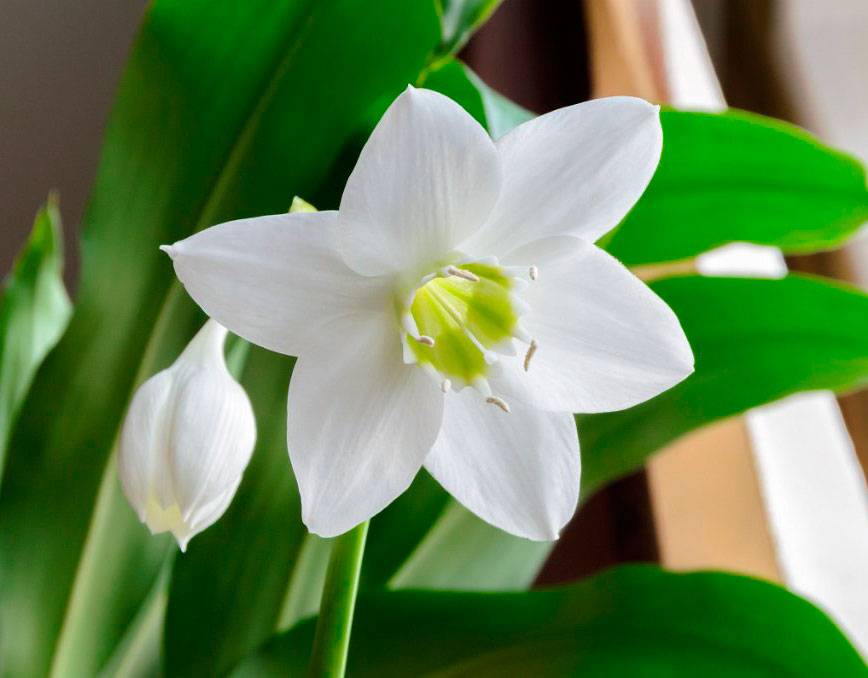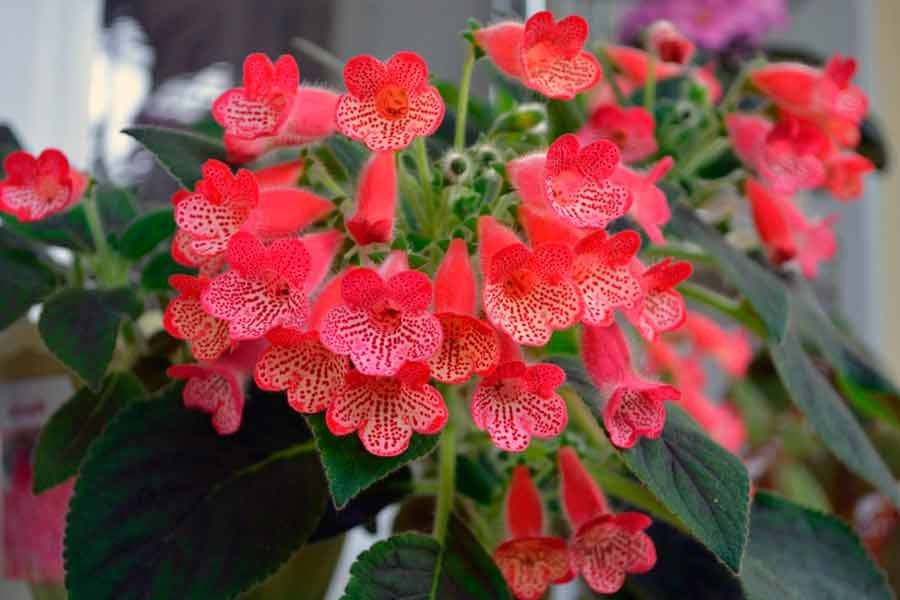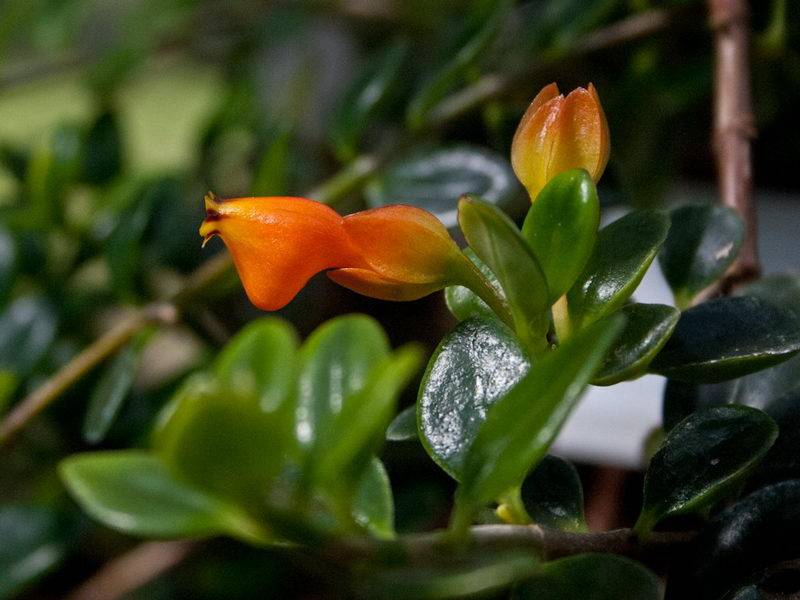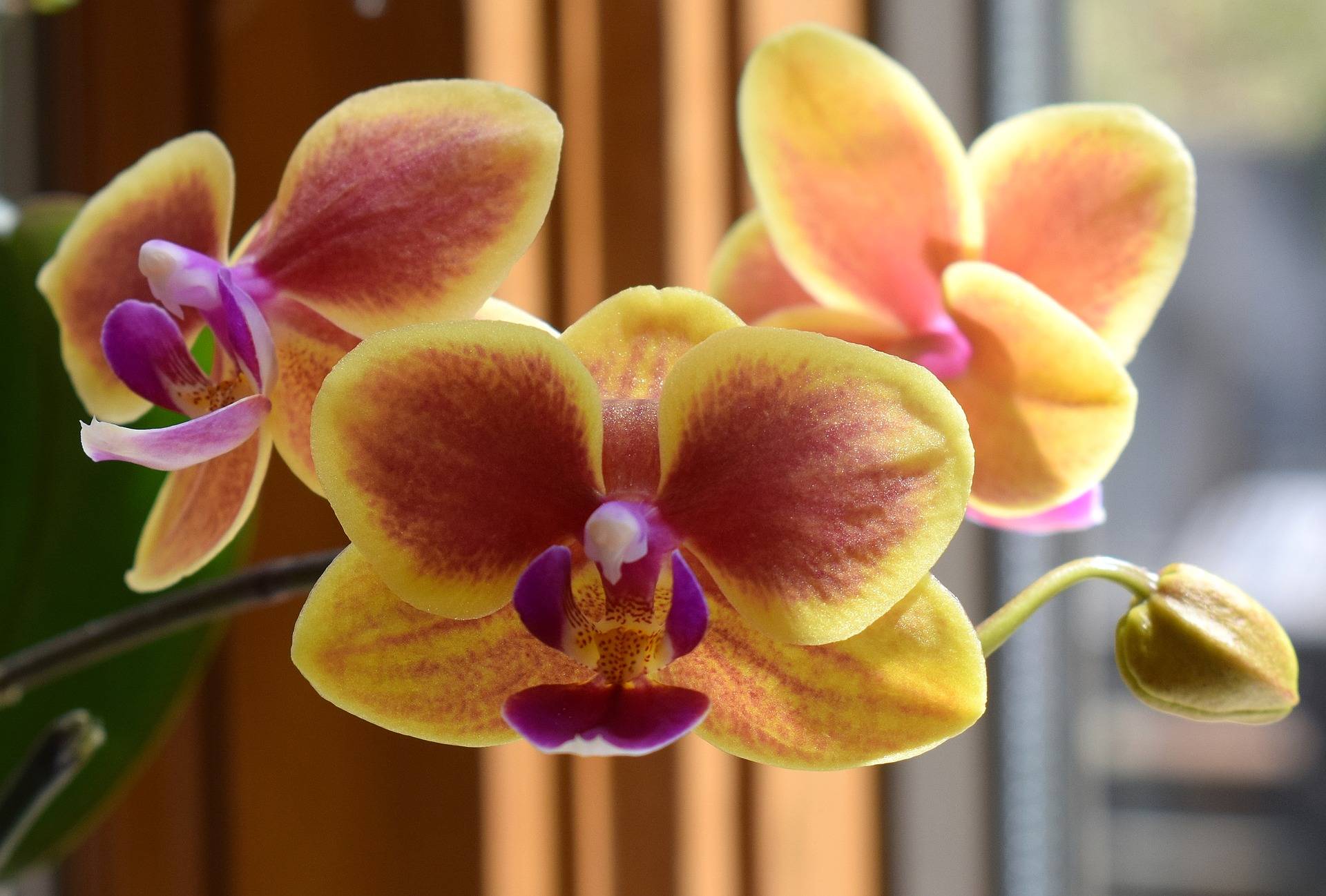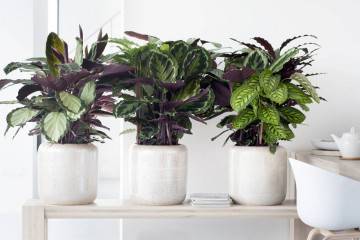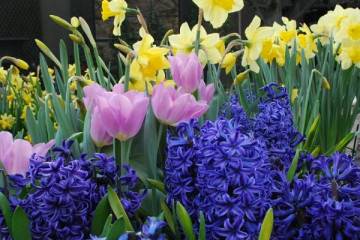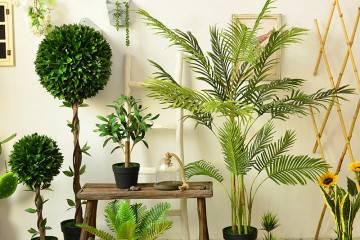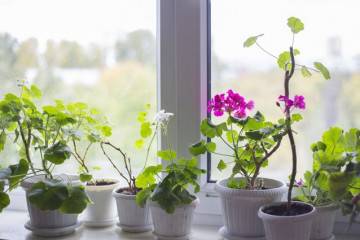Indoor flowers and flowering plants with names
Content:
- Indoor flowers and flowering plants for the home
- Category of decorative flowering potted species
- Indoor plants blooming in winter and giving summer on the windowsill
- Blooming unpretentious plants as a start for novice florists
- Houseplants that bloom all year round
- Curly indoor vines
- Blooming bulbous perennials
- Where to start for a beginner
Indoor flowers, blooming or having unusual decorative foliage, are able to bring bright colors to any home and delight the eyes throughout the year. When at the end of winter the first shoot appears above a green leaf, and then a small bud, from which a tiny flower opens, this cannot but cheer up, especially for residents of the northern regions.
Indoor flowers and flowering plants for the home
The right choice of an exotic flower plant or a miniature tree in a pot will help to revive the atmosphere in the room, to let the flower spread the aroma and coziness throughout the house.
Houseplants classification
Experts say: all indoor plants can be divided into several categories. For example, these are:
- home flowers blooming all year round;
- decorative blooming;
- succulents;
- decorative deciduous.
At the same time, beautifully flowering indoor plants are not only exotics (such, for example, as orchids), but also various ampelous plants, and even miniature palms.
You can share flowering indoor plants according to the conditions of their habitat:
- by lighting - light-loving, shade-tolerant;
- by air humidity - moisture-loving and drought-resistant;
- according to the air temperature in the room - heat-loving, cold-resistant, frost-resistant.
Category of decorative flowering potted species
This group is characterized by very different flowering times. This allows you to choose flowers in such a way that the house is filled with bright colors and fragrance throughout the 12 months.
Florists consider such plants as the most attractive representatives of this category:
- azalea. The amazingly beautiful azalea native to the Middle Kingdom is characterized by the presence of delicate flowers of very different colors. Their petals can be white, pink, but the most popular are red. The buds begin to open in December and continue until April. Azalea is completely undemanding to care and living conditions. She will need watering, as well as a large amount of diffused daylight;
- anthurium. This plant, also referred to as male happiness, is quite capricious. In addition to regular watering, he will need clean air, ventilation, maintaining a high level of air humidity, protection from wind and drafts;
- begonia. This blooming indoor flower is completely unpretentious, does not require special attention to itself. Florists will appreciate the variety of varieties that differ from each other in the shade and shape of the buds;
- gerbera. The homeland of this plant is South Africa. It is not surprising that the gerbera is quite capricious. She will need timely moisture, a lot of sunlight (it is important to shade the flower). The height of an adult gerbera can reach 60 cm;
- orchid. Orchid flowers can be either monochromatic or variegated.The plant loves a large amount of scattered daylight, high humidity of the air and substrate;
- pelargonium. Outwardly, the flower looks like a familiar geranium. The soil for pelargonium should be either neutral or slightly acidic. For the flowering to be generous, the flower should be cut, leaving three internodes;
- rose flower. The most capricious plant. However, subject to all the rules for caring for the culture, the rose will bloom in the spring, and flowering will end only in the fall;
- campanula (bells). These indoor flowering plants delight flower growers with their bright colors from March to November. The culture needs preparation for the period of rest and wintering.
Indoor plants blooming in winter and giving summer on the windowsill
Florists who are trying to find plants that open their buds during the cold winter months should pay attention to the species that bloom in winter and give a good mood:
- Euphorbia is most beautiful (poinsettia). Another name for the flower is the Christmas star. During the growing season, spurge becomes covered with flowers of white, beige or deep red hue;
- hippeastrum. It does not require special conditions of detention, it is rather unpretentious. The only thing that is needed for development is diffused light and heat;
- bromeliad flowers. These plants are characterized by the presence of lush green leaf plates and original flowers. The most popular are indoor flowers with pink flowers - Tillansia and Guzmania.
Blooming unpretentious plants as a start for novice florists
For flower growers who are planning to purchase plants for the home for the first time, it is recommended to pay attention to rather unpretentious hoyi. These plants can often be seen in various public places. Hoya does not need special care, it is enough to shade and moisturize it a little as the soil dries.
An excellent choice is eucharis. Its exquisite flowers are outwardly similar to daffodils. Flowering begins in autumn, and when it ends, eucharis pleases the eye with decorative foliage.
Houseplants that bloom all year round
Among the long-flowering indoor plants, there are a large number of bright and original flowers:
- abutilone, also called indoor maple. This plant usually ends flowering in the fall. However, if phytolamps are installed in the house, it will last longer;
- balsam. This flower needs a lot of sunlight, and it is extremely important to provide it with shade. By the way, balsam is found all over the world, except for Antarctica;
- hibiscus. The Chinese rose, as this plant is also called, can grow up to 2 m. Long peduncles adorn bright flowers that live from one to three days;
- color scheme. A bright plant needs moist air, but it will not tolerate spraying of leaves. It is better to install a humidifier in the room where the collier grows. Another option is to place a pallet with water and expanded clay under a flower pot;
- ruella. The plant does not tolerate excessively dry indoor air, and it will not tolerate drafts. Irrigation should also not be frequent. Watering a home flower with warm water is only necessary as the soil dries well.
Curly indoor vines
You can often hear that there is no place for climbing plants in the house. According to signs, they lead to quarrels, conflicts and discord in the family. This is not true, say esotericists and floriculture experts. In fact, ampelous flowers are able to absorb negative energy, protecting households from conflict situations.
The most persistent and picky ampel indoor plants
Florists who are not ready to pay much attention to indoor flowers should pay attention to the following plants:
- scindapsus golden. The flower is not afraid of shaded places, temperature drops cannot negatively affect its decorative effect. Before the start of the growing season, useful substances can be added, fertilizers for indoor flowers are suitable;
- cissus. It may seem that caring for this flower will take a long time. Experienced growers say that young seedlings should be replanted annually. However, besides this, cissus only needs watering and fertilization;
- indoor jasmine. This amazing flower has a light, unobtrusive scent, which, unlike the scent of ordinary jasmine, does not lead to headaches;
- nephrolepsis. This is a member of the Fern family. Nephrolepsis leaves effectively descend. The plant is unpretentious, care includes watering and humidifying the air;
- maidenhair. The bush looks unusually attractive: its delicate leaves have a delicate green tint, they are pinnately dissected. The plant only needs regular watering;
- the pellet is round-leaved. The pellea is characterized by small round leaves strung on thin long petioles. Their color is deep green;
- bindweed begonia. Ampel begonia can be called one of the most beautiful indoor flowers. Blooming, it is covered with delicate light flowers of small size. Begonia is undemanding; the grower will only need regular watering and humidification of the air in the room;
- hypocyrt. Outwardly, the flowers of this plant resemble snapdragons. Their color is bright orange. The hypocyrt does not require special attention, however, during the flowering period, the vine needs regular wiping of the leaves and spraying;
- achimenes. In winter, the plant does not need watering. Achimenes flowers can be pale pink, purple and white.
Blooming bulbous perennials
Subject to all the rules of care, plants belonging to this category will bloom from the first spring months to late autumn. It is the bulbs that are able to retain inside themselves various nutrients and elements that are necessary for the bushes to fully develop, the buds are strong, and the flowers are bright. Bulbous perennials are divided into several categories:
- primroses. These include snowdrops, crocuses, daffodils, irises, hyacinths;
- summer. This group includes gladioli, lilies, dahlias, calla lilies. Flowers are distinguished by a variety of colors and an amazing aroma;
- autumn. These include crocuses and cyclamens.
Where to start for a beginner
An inexperienced grower may have a question as to which plants to start with. Professionals in this business recommend giving preference to the following colors:
- Saintpaulia. Lovely and charming violets feel great on windowsills. It is best if the window is not located on the south side;
- geranium. Often this plant is associated with home comfort, warmth. In addition, we must not forget that the plant has a large number of useful properties;
- phalaenopsis. Of all the varieties of orchids, this one is the most unpretentious. She will need diffused light and timely moistening of the substrate.
It is easy to understand that even novice flower growers will be able to pick up a bright and original plant that will not require a lot of time and attention, but will delight with paints and a delicate aroma.
